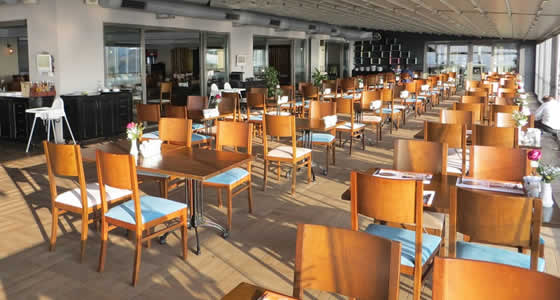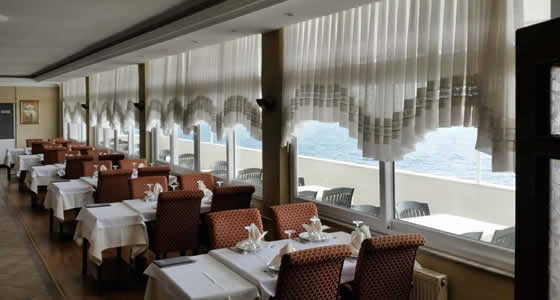10 Tips for Choosing a Cafe Chair - 2
02 Oct


0 Comment(s)
2405 View(s)
10 Tips for Choosing a Cafe Chair - 2
Material
Wood is good for most businesses because it is comfortable, ages well, and is easy to repair. A well-made and used wooden cafe chair or table acquires a character of its own over the years. The metal is cool to the touch, but adds a solid, industrial aesthetic that has grown in popularity today. Metal chairs are also sturdy, reliable and easy to clean. Plastic Chairs are excellent in durability, but risk being cheap and disposable if not of high quality. Modern plastics such as ABS (Acrylonitrile butadiene styrene) and PE (Polypropylene) offer a variety of appearances, both glossy and matte. Acrylic chairs may have a striking, transparent appearance, but the same chemical properties that allow light to shine through the material unhindered instead of bending under pressure. they are brittle and will likely cause flexing. Composite Chairs look good and are very functional, they can combine the best features of their constituent materials. For example, a wooden seat mounted on a metal frame can offer the warmth and relative comfort of wood while maintaining the low cost and high durability of the metal. Composite designs are becoming more affordable thanks to advances in industrial manufacturing, and this trend is expected to remain strong for the foreseeable future.
Care
Maintenance can take time if you choose the wrong chair. Do not take this concern too lightly – preventable maintenance can be a significant unforeseen waste of money and manpower.


Do not choose a fabric that is difficult to clean. Permeable fabrics are not an ideal choice for an environment where open containers of stain-resistant foods and beverages abound. PVC is the best upholstered material for food and beverage environments, and because it resists spills and stains, it can be restored to a good-as-new condition after wiping with a damp cloth. Hard seats are also good for cleaning, but may not be the most comfortable to sit on for long periods of time. Seats with webbing are not recommended. Food particles and dirt can easily become trapped, and woven surfaces only require a single point of failure to be removed - once a cord end is released, it may be subject to further pulling and pulling during use and later throughout the entire weaving process. Chairs with bolts and nuts need to be tightened regularly. . It is usually best to choose chairs with the least number of small parts. Welded steel structures and glued wood joints require little maintenance. This engineering approach also yields a stronger chair.
Weight and Size
Size matters. It can also determine the seating capacity and ambiance of the restaurant. Large tables are great for family settings such as traditional Chinese restaurants, while small tables create a more romantic setting as diners are naturally close. A restaurant chair should never be too heavy. It should be easy to pull in and out from under his desk. This improves service for your customers, who can easily adjust the seat position to suit their own comfort. Lightweight chairs also reduce damage to the floor and put pressure on the chair itself. Conclusion Choosing a chair is hard enough. Choosing a table is equally difficult. Laying the entire plant is more difficult. All we provide is a simple listing for an indoor chair. As always, real life is much more complex.
You can call us for more detailed information about your venue.